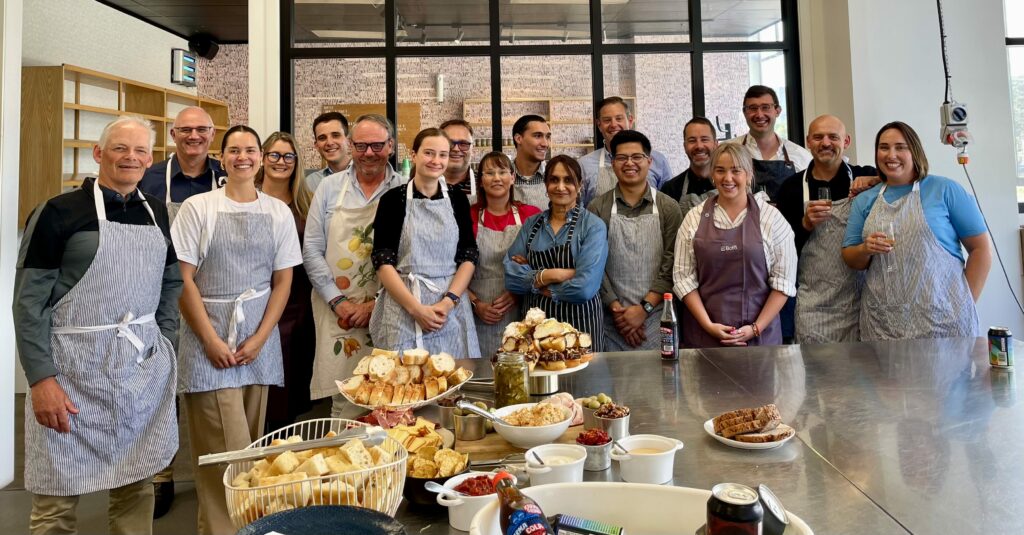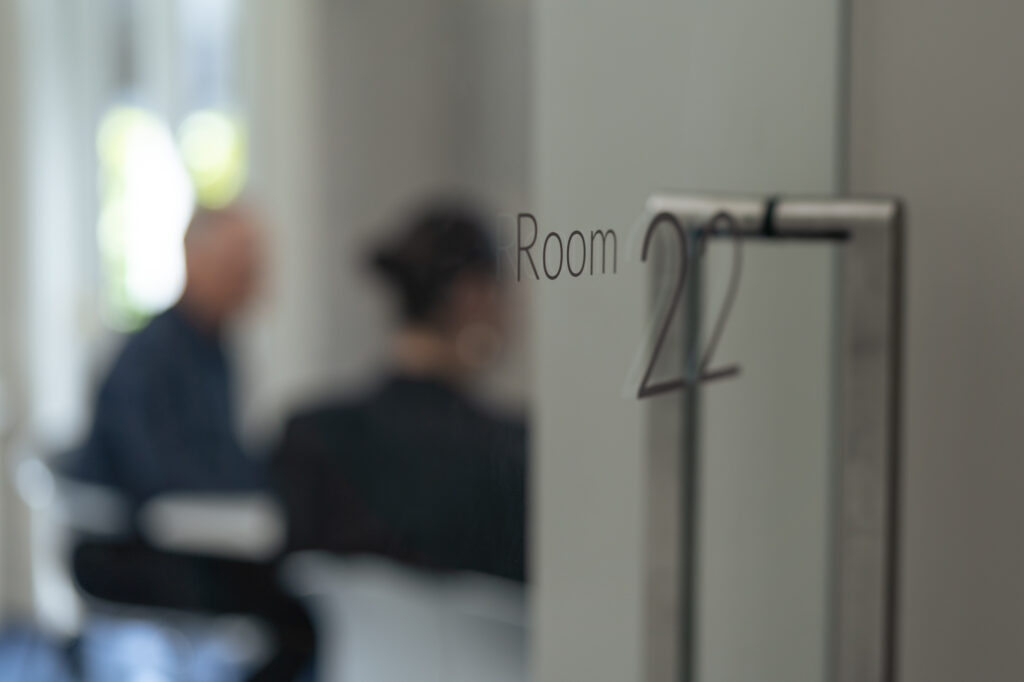The way we think about office environments has dramatically changed in the last ten years. Individual offices and cubical desk settings are becoming rarer and new workplace approaches such as non-assigned seating, desk sharing, flexible working and activity-based working are now regularly being implemented in NZ.
But big questions remain: Are these solutions working? Are business leaders seeing the results they aimed for? Are teams and workers housed in these spaces happier and more productive?
To begin answering these questions we sat down with Dr Rachel Morrison (Associate Professor within AUT’s Faculty of Business, Economics and Law and part of their Wellbeing and Performance Research Group) to discuss her on-going research into how these new physical environments and workplace approaches impact workers. Her focus is around how and when people in organisations interact with each other, their stress and wellbeing, and how distraction and privacy relate to performance.
Not surprisingly, Rachel’s research and insights align with our experience working with clients. As TwentyTwo’s Duncan Mitchell recently said in a blog, “ I see management teams of many organisations being “sold” simplistic workplace solutions that focus on saving property costs and delivering design images that “wow”. The truth about our workplaces is that they are complex places and to create successful workplace change projects requires a deep understanding of how the various teams work and the behaviours and culture of the organisation.”
Rachel, you’ve been undertaking and analysing research and data in this arena for the last four years, what have been some of your key research findings?
“We found that many of the expected outcomes of open-plan or shared workspaces (such as improved collaboration and cooperation) are not evident. The expected negative outcomes, on the other hand, are present. Many people in open or shared offices report being more distracted, annoyed by nearby others, and less productive.
Some people, perhaps overwhelmed by so many nearby others, are withdrawing socially and reducing their interpersonal communication in open and shared workspaces, as opposed to the expectation that people will share more. This makes sense to me as there are two things going on; people don’t want to interrupt their colleagues by talking to others nearby, and when people have too much exposure, they start limiting their interactions by doing things like putting on headphones to create a barrier.
We also know that hot-desking has really negative health and wellbeing outcomes. I think unfortunately it is the most cost-effective way of housing staff, so there is obviously a key trade-off around what costs the least versus what does the least harm to employees.
The notion of personal control has come out of some research I’m reviewing at the moment and is quite predictive of both productivity and health and wellbeing outcomes. The more control people have over their environment and the way they work, the better they perform. This is where approaches like flexible, activity-based office set-ups can provide a good compromise, by giving more control to the people working in the environment. That is however predicated on having enough desks and space for everyone, so people are not hunting for a space to work (which perhaps negates any potential cost-saving). It’s another trade-off.
There are always trade-offs, even in the most perfectly designed space. It’s about balancing outcomes, budgets, wellbeing and performance for that specific organisation’s goals.”
What can business leaders do better?
“I think Designers/HR/People and Culture/Business Leaders are becoming more aware that you can’t have a one size fits all solution in one department, let alone across an organisation.
Coming from a psychology background, I’m really interested in the ergonomics of the workplace and the notion that, without the proper ergonomic assessment of people’s jobs and the teams who are working in, you can’t really hope to provide a workplace that delivers the outcomes most business leaders are after.
The change management process and continued support to manage a flexible workplace system is key. There are so many individual differences between workers and I think you’ll always find people who embrace continuous change and some who want routine and consistency. Also the change management, assessment, and monitoring needs to be ongoing – you can’t move workers to a new way of working and then, at some point, decide “it’s done”. Checkin in and ensuring that workers are engaging positively with their environment over time is really important.
Another thing to consider is the notion of load or work demands. Theoretically the more demands you have in your day, and the higher your load, the more likely someone is to be stress reactive and if you think about it – having to hunt for a desk or pack up your desk one, or two, or even more times a day could add additional load to workers. These again are the tensions pulling designers, people concerned about wellbeing and those in charge of budgets.”
Any final words to share?
“I think what it comes down to is having the time and resources to implement change in a thoughtful and mindful way. The organisations who are perhaps not making the best choices are the ones putting cost savings upfront as their key driver.”
Dr Rachel Morrison is an Associate Professor within AUT’s Faculty of Business, Economics and Law and a member of their Wellbeing and Performance Research Group. View Rachel’s academic profile here.



